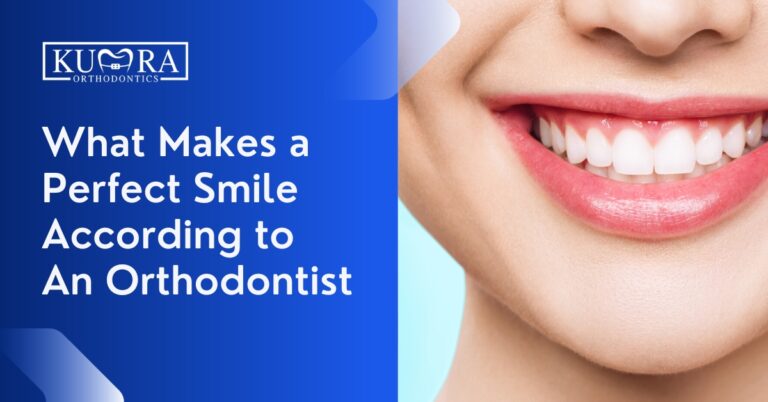The Basic Principles Of Legacy Orthodontics
The Basic Principles Of Legacy Orthodontics
Blog Article
The Main Principles Of Legacy Orthodontics
Table of ContentsTop Guidelines Of Legacy OrthodonticsThe smart Trick of Legacy Orthodontics That Nobody is Talking AboutEverything about Legacy OrthodonticsGetting My Legacy Orthodontics To WorkThe Buzz on Legacy Orthodontics
In addition, we supply flexible treatment timetables, adaptable payment choices and an enjoyable, satisfying experience.An orthodontist is a dental practitioner educated to detect, prevent, and treat teeth and jaw abnormalities. They fix existing conditions and are educated to determine issues that might establish in the future. Orthodontists work with individuals of every ages, from kids to adults. Individuals typically link a best smile with health.
Malocclusion, or misaligned teeth, can bring about oral issues, including tooth degeneration, periodontal illness, and hard or uncomfortable eating. But not everyone is birthed with straight teeth. If you have a poor bite or large rooms between your teeth, you may wish to speak with a dental practitioner concentrating on orthodontic treatment.
Not known Details About Legacy Orthodontics
( Picture Credit History: DigitalVision/Getty Images) Orthodontists make use of repaired and detachable dental devices, like braces, retainers, and bands, to alter the setting of teeth in your mouth. Orthodontic treatment is for dental irregularities, including: Jagged teethBite issues, like an overbite or an underbiteCrowded teeth or teeth that are also much apartJaw misalignmentThe objective of orthodontic treatment is to boost your bite.
A healthy and balanced bite guarantees you can consume, eat, and speak effectively. While you may think about orthodontists as primarily for children or teenagers who require braces, they can fix oral problems at any age. Orthodontists attend college, dental school, and orthodontic college. After college graduation, they invest 2 or 3 years in an orthodontic residency program.
, however not all dentists are orthodontists. They concentrate on 2 locations: How to properly and securely relocate teeth Just how to appropriately guide growth in the teeth, jaw, and faceOnce an orthodontist has completed training, they have the choice to end up being board accredited.
Facts About Legacy Orthodontics Revealed
Imbalance, or malocclusion, is one of the most usual factor individuals see an orthodontist. It is genetic and is the outcome of dimension distinctions in between the upper and lower jaw or between the jaw and teeth. Malocclusion brings about tooth congestion, a misshapen jaw, or uneven bite patterns. Malocclusion is normally treated with: Your orthodontist affixes steel, ceramic, or plastic square bonds to your teeth.
If you have just minor malocclusion, you may be able to use clear dental braces, called aligners, instead of conventional dental braces (https://www.openstreetmap.org/user/legacyortho). Some people require a headwear to help move teeth right into line with pressure from outside the mouth. After braces or aligners, you'll require to wear a retainer. A retainer is a custom tool that keeps your teeth in position.
They're usually made use of on youngsters. They can produce extra room in the mouth without having to draw teeth. If you have a major underbite or overbite, you could require orthognathic surgical treatment (likewise called orthodontic surgery) to lengthen or shorten your jaw. Orthodontists use wires, medical screws, or plates to support your jaw bone.
You might require to see an orthodontist if you have: Crowding or otherwise sufficient space for all of your teethOverbite, when your upper teeth come by your bottom teethUnderbite, when your bottom teeth are also much forwardSpacing or concerns with gapsCrossbite, which is when your upper teeth fit behind your bottom teeth when your mouth is closedOpen bite or an upright gap between your front bottom and top teethMisplaced midline, when the center of your base and upper teeth do not align Remedying an oral malocclusion can: Make attacking, eating, and speaking easierImprove visit our website the symmetry of our face and your overall appearanceEase discomfort from temporomandibular joint disordersDifferent your teeth and make them less complicated to cleanse, aiding prevent tooth decay or tooth cavities It's frequently a dentist that initially notices misaligned teeth throughout a routine examination.
Our Legacy Orthodontics Statements

Throughout your very first orthodontic appointment, you'll likely have: A dental examPhotos taken of your face and smileDental X-raysPanoramic (360 level) X-rays of your face and headImpressions to develop mold and mildews of your teethThese examinations will aid your orthodontist know exactly how to wage your therapy. orthodontist. An orthodontist is a dental professional that's had training to treat your teeth and jaw
An orthodontist is concentrated on your bite, so something like a damaged tooth would be dealt with by a dental expert. Orthodontists are focused on your bite, or the way your teeth fit together, and the straightness of your teeth.
Ever questioned just how celebs always seem to have completely lined up teeth? Orthodontists are dental specialists that concentrate on fixing abnormalities in the teeth and jaws.
Not known Facts About Legacy Orthodontics

, orthodontists have a diverse toolkit at their disposal. These tried-and-true dental braces make use of a system of braces bound to the teeth and attached by cords.
Clear aligners, like Invisalign, are a popular alternative for clients seeking a more discreet treatment alternative. These detachable trays are custom-made to gradually move the teeth's setting. Headwear may be used along with braces or aligners to use added targeted forces, especially for fixing jaw disparities. In cases of slim jaws, palatal expanders can be used to create space for appropriate tooth placement.
Report this page